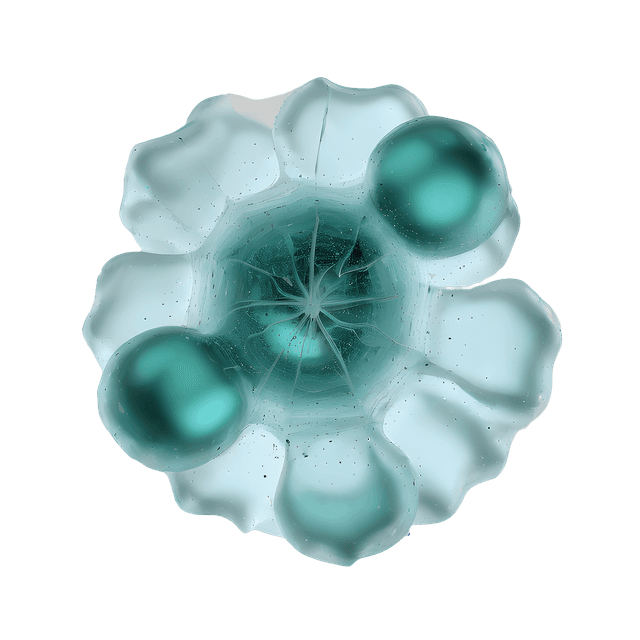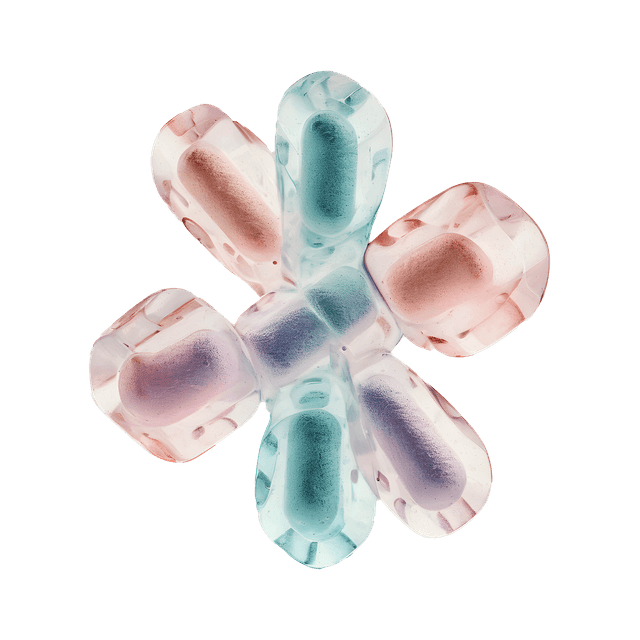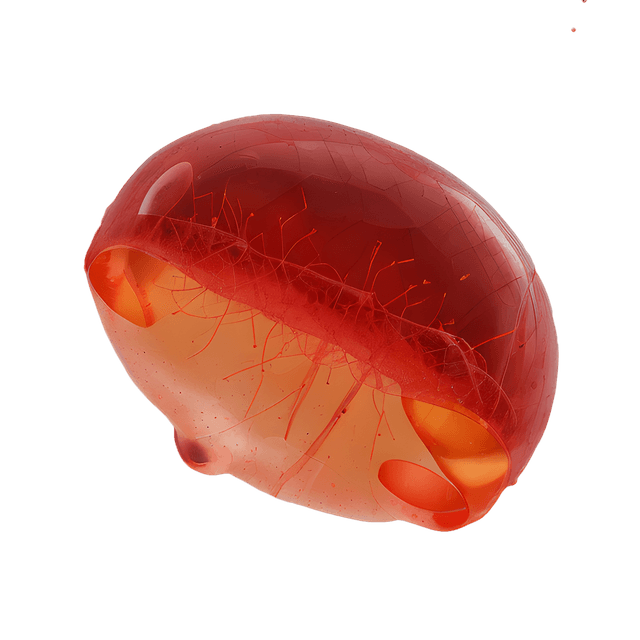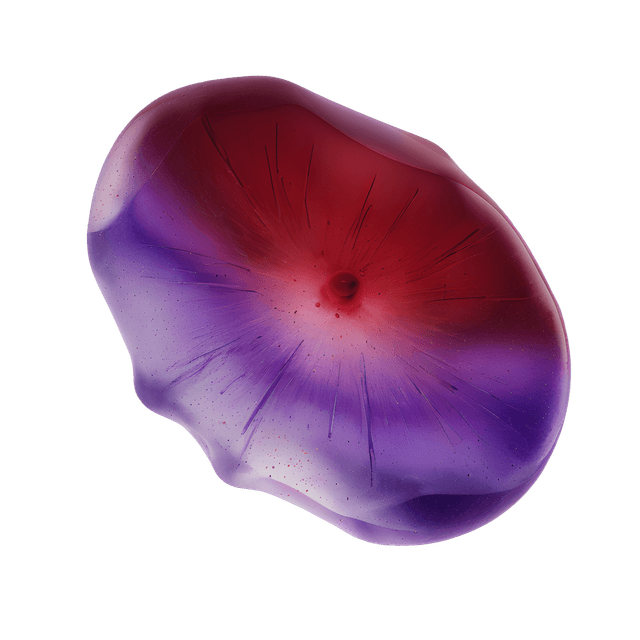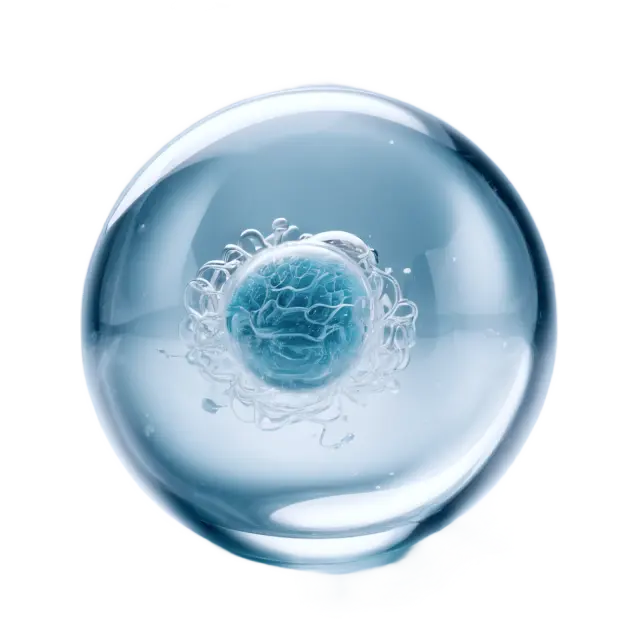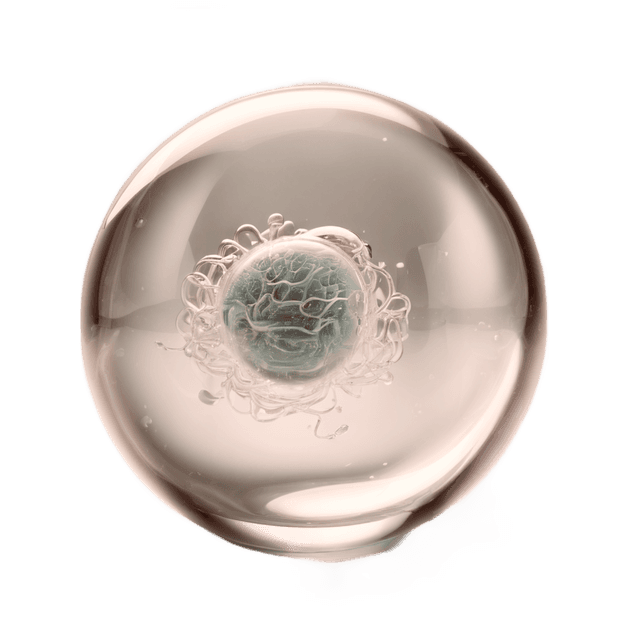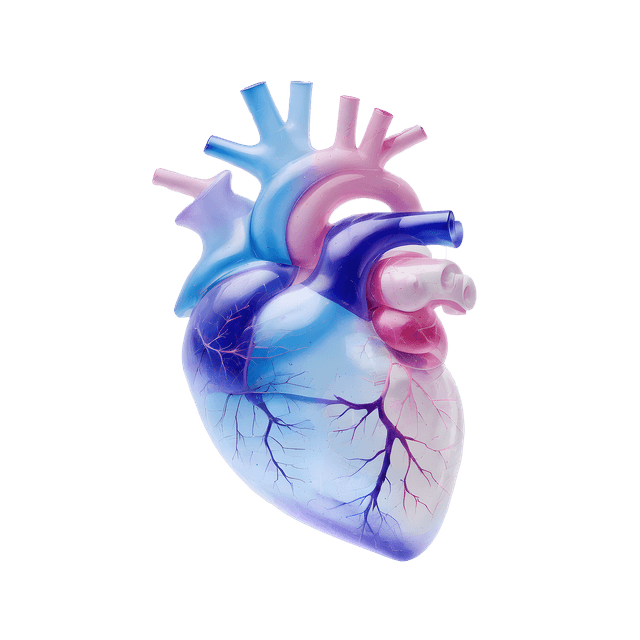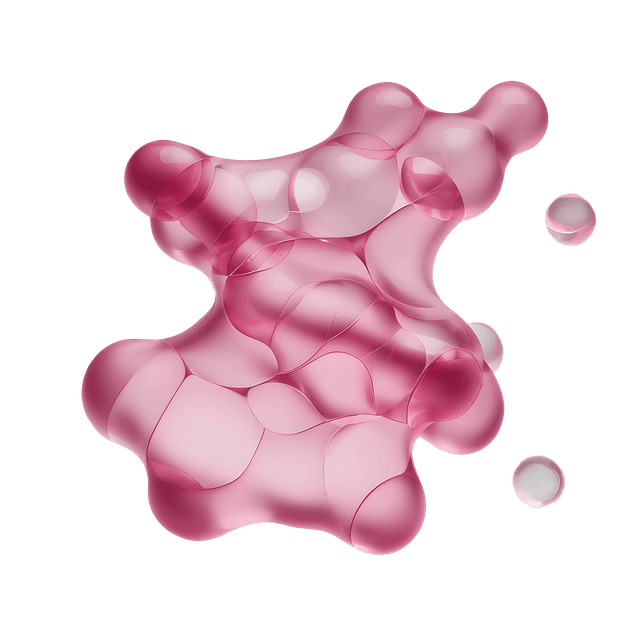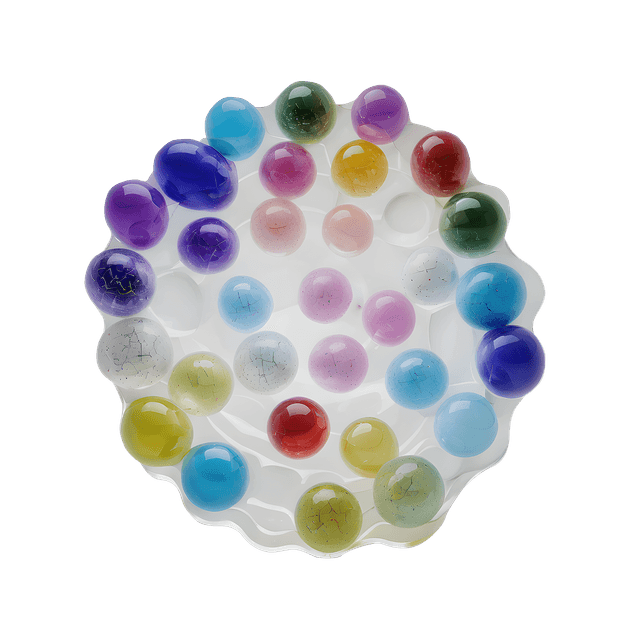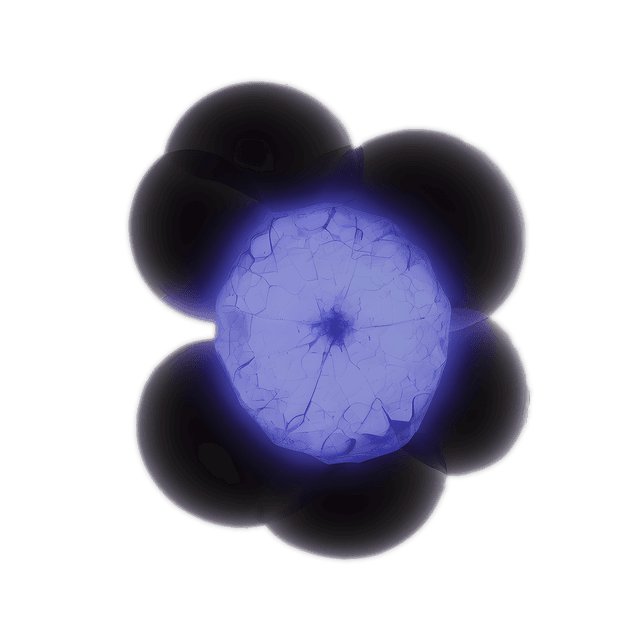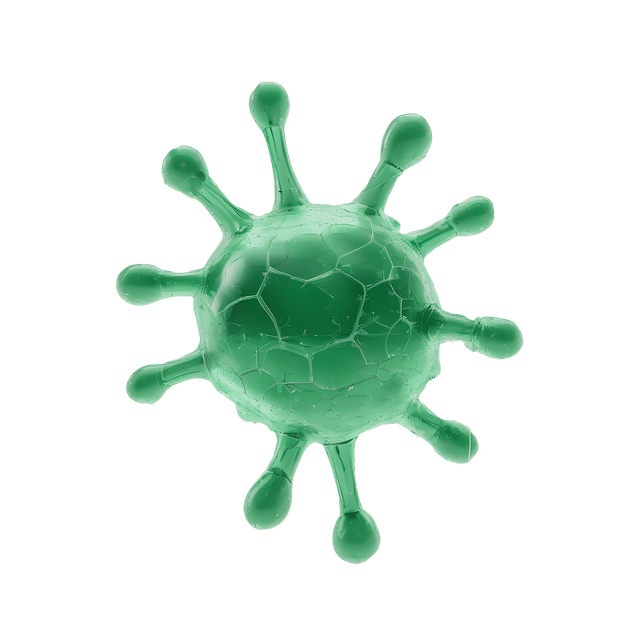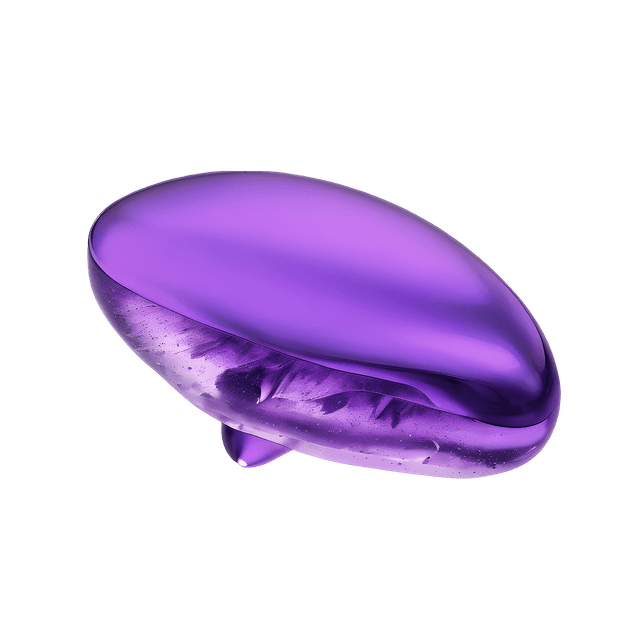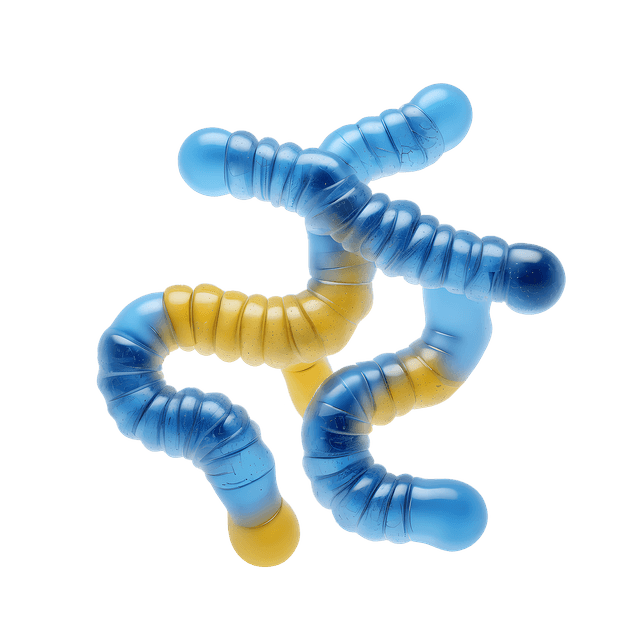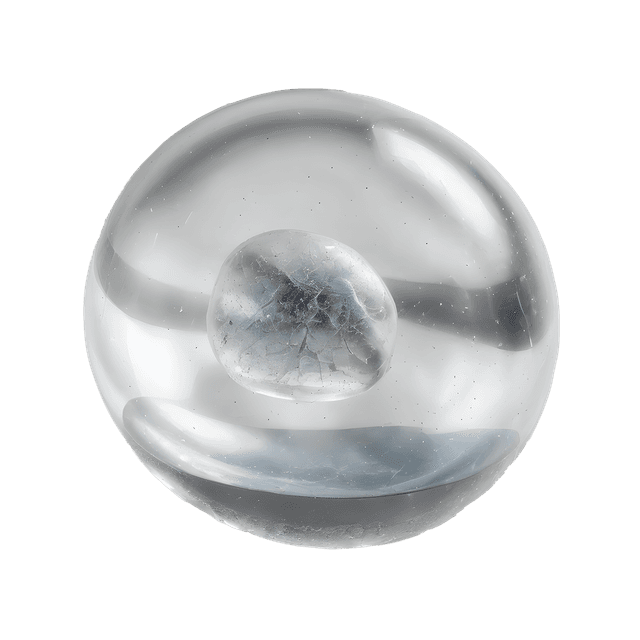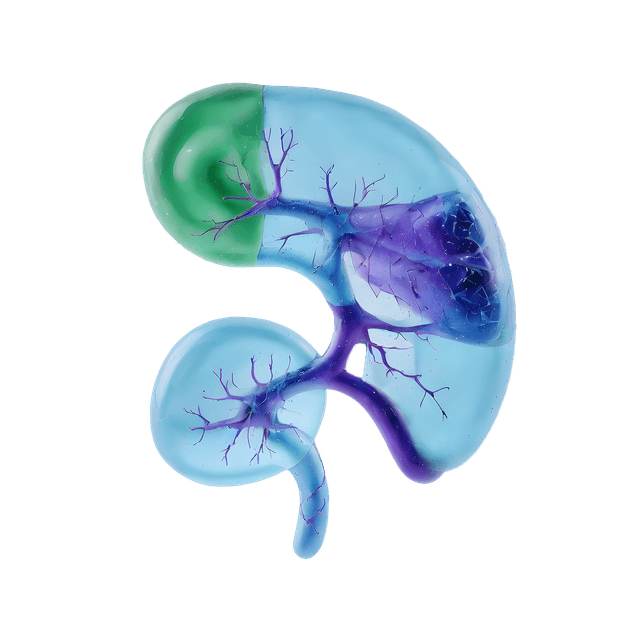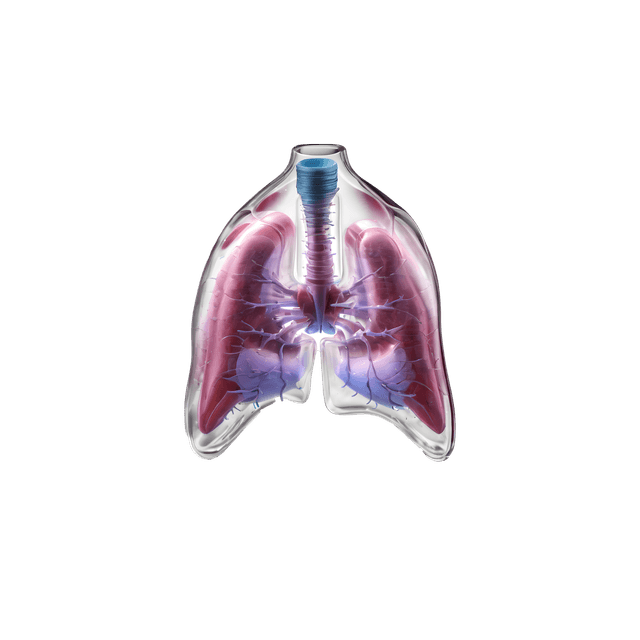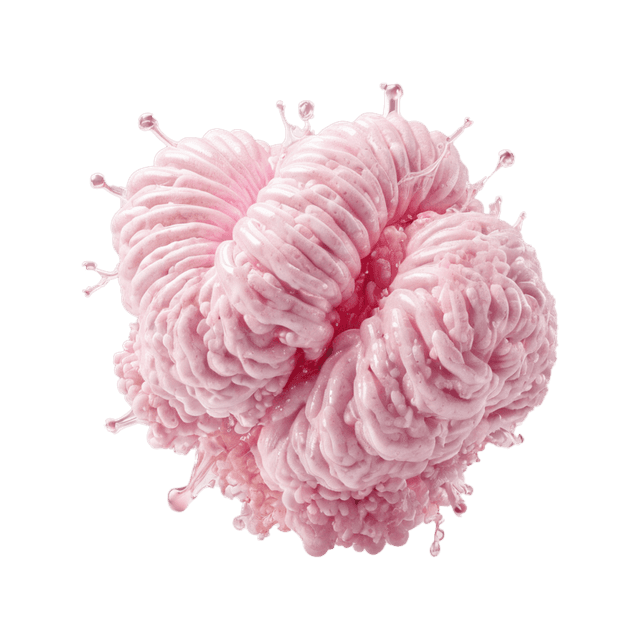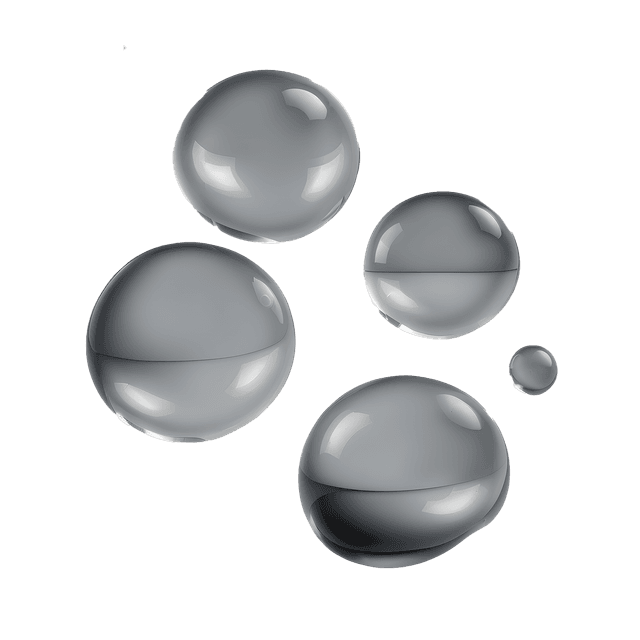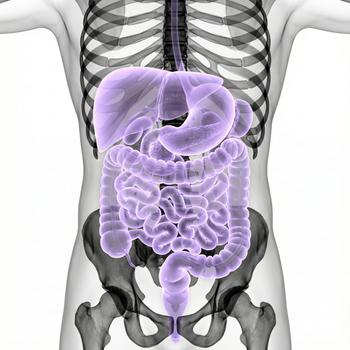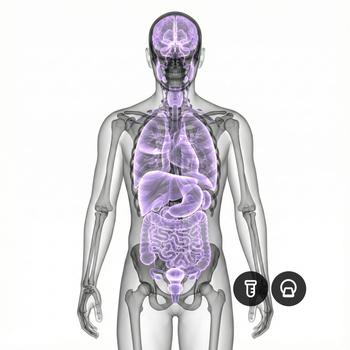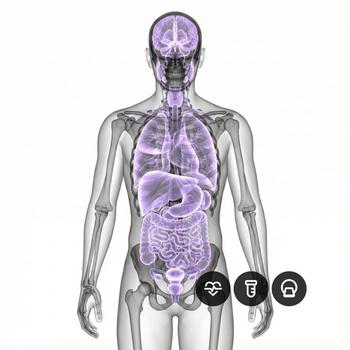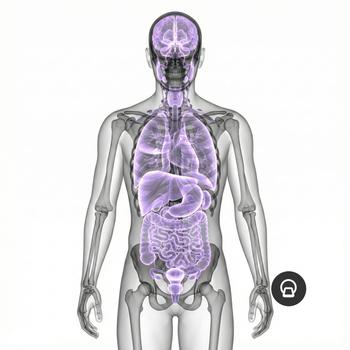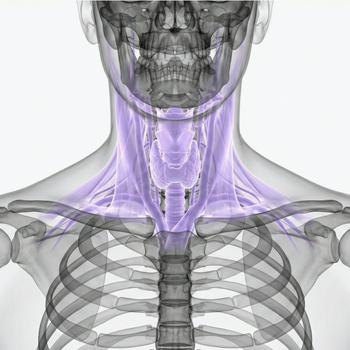Quick version
Summary
The lymphatic system is the body’s purification and defense system. It helps drain excess fluid, produces and transports immune cells, and removes harmful substances through the lymph nodes.
- Consists of several components such as lymph vessels, lymph nodes, and lymphoid organs
- Transports lymph fluid and immune cells
- Seeks out and filters bacteria and harmful substances
- Builds protection against infections and cancer
- Swelling is common during infection and inflammation but can also indicate more serious conditions such as lymphoma or cancer spread
What is the lymphatic system?
The lymphatic system forms an important part of the immune system and the body’s fluid balance. It functions as a transport network for lymph fluid, helping the body remove waste products, foreign substances, and infections.
Structure of the lymphatic system
The lymphatic system is extensive and consists of several structures and organs:
- Lymph vessels: a network of thin, small tubes running parallel to blood vessels throughout most of the body. Lymph fluid is transported through these vessels.
- Lymph fluid: formed when blood capillaries release fluid into the tissues; it contains immune cells, proteins, fats, and waste products.
- Lymph nodes (lymph glands): small, bean-shaped structures that filter the lymph fluid. They contain a large number of white blood cells that identify and fight bacteria and viruses.
- Spleen: filters the blood, breaks down old red blood cells, and stores white blood cells. It is part of the immune system.
- Thymus: helps T lymphocytes (a type of white blood cell) mature. It is mainly active during childhood.
- Tonsils: capture viruses and bacteria that enter through the mouth and nose.
- Peyer’s patches (located in the small intestine): lymphatic tissue that protects the intestine from bacteria.
Main functions of the lymphatic system
The main functions of the lymphatic system are to collect excess fluid from body tissues and return it to the bloodstream, absorb fats from the intestines and transport them to the blood, and help the body eliminate waste products and toxins. The lymphatic system also plays a crucial role in the immune defense by producing and releasing lymphocytes — cells that identify, capture, and destroy viruses, bacteria, and cancer cells. The lymph nodes act as filters where immune cells are activated.
Where are the lymph nodes located?
Lymph nodes are distributed throughout the body, with the largest clusters found in the neck, armpits, chest, abdomen, and groin. They are small, bean-shaped capsules filled with lymph fluid and lymphocytes, functioning as filters that capture and neutralize foreign substances. When the body encounters an infection, immune cells in the lymph nodes become activated, causing the nodes to swell — a sign that the immune system is working.
Common issues and conditions
It is quite common to experience tenderness and swelling in the lymph nodes, especially in the neck and armpits. This is most often due to infection or inflammation such as tonsillitis, viral infections, common cold, or dental infections. In rarer cases, swollen lymph nodes can be a sign of more serious conditions such as lymphoma or cancer metastasis. Problems with the lymph vessels can also cause lymphedema, a type of chronic swelling that occurs when the body cannot properly remove excess fluid.
Examination and diagnosis
An examination usually begins with a clinical assessment, where a doctor feels the lymph nodes and evaluates their size, firmness, and tenderness. To determine the cause of the swelling, a blood test may be needed, and sometimes ultrasound, CT scan, or biopsy are used. If tumor spread or lymphoma is suspected, more detailed tissue imaging may be required, such as a magnetic resonance imaging (MRI) or lymphoscintigraphy.
Relevant symptoms
- Swelling in the neck, under the chin, or in the armpits
- Tenderness or pain when touched
- Fever or fatigue
- Unexplained weight loss
- Night sweats
Related conditions and diagnoses
- Lymphedema
- Lymphadenitis
- Lymphoma
- Mononucleosis
- HIV infection
- Metastatic cancer
- Autoimmune diseases



